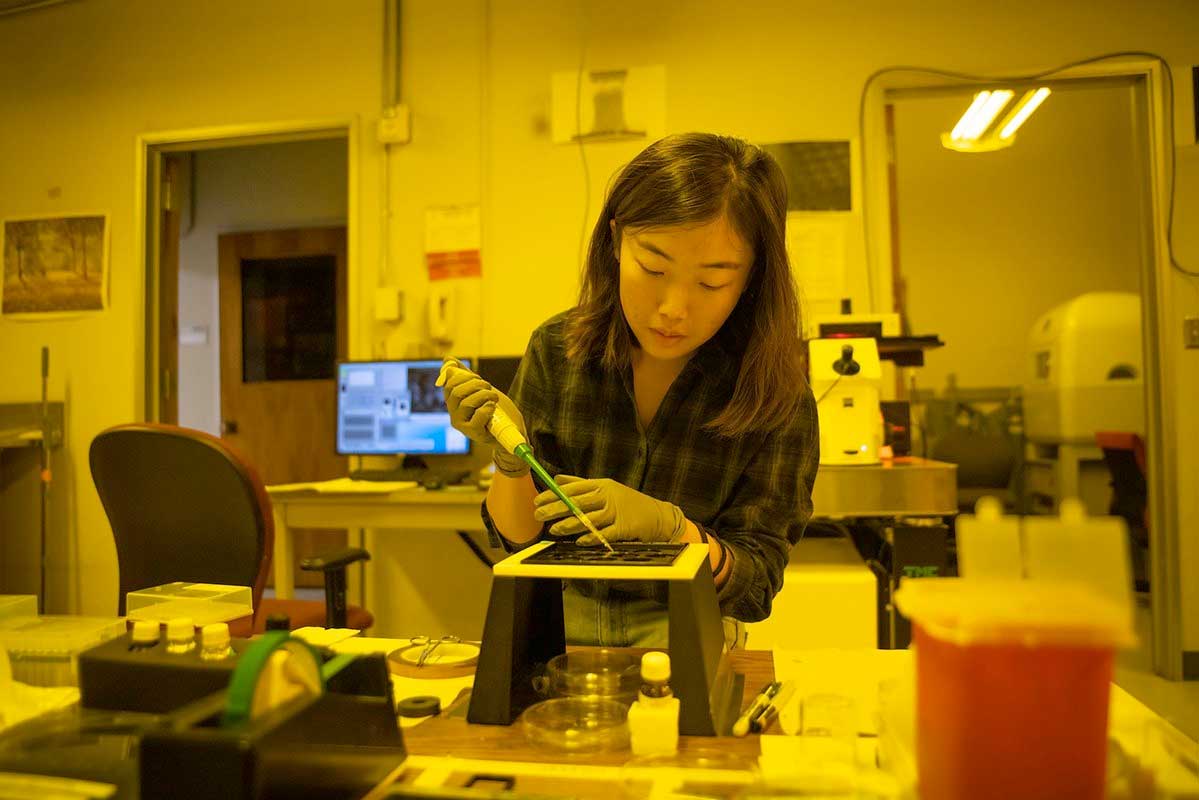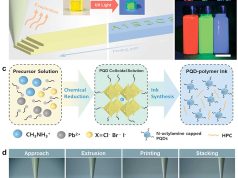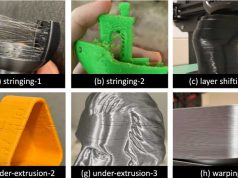Researchers at Caltech have unveiled an innovative 3D printing technique that makes it possible to produce nanoscale metal parts. While such small structures would normally be considered “low quality,” the team has found that these parts can actually be three to five times stronger than their larger counterparts. This discovery could pave the way for numerous applications in engineering and beyond.
Julia R. Greer’s team found that the atomic arrangements in these objects are disordered, which normally leads to weakness in large structures. Surprisingly, however, the nanostructured metals turn out to be three to five times stronger than their well-ordered counterparts.
“There are all these thermal and kinetic processes occurring simultaneously during this process, and they lead to a very, very messy microstructure,” she says. “You see defects like pores and irregularities in the atomic structure, which are typically considered to be strength-deteriorating defects. If you were to build something out of steel, say, an engine block, you would not want to see this type of microstructure because it would significantly weaken the material.”
The innovative method begins with the preparation of a photosensitive “cocktail” consisting largely of a hydrogel. This is then selectively cured with a laser to create a 3-D framework in the desired shape. After the introduction of metal ions and subsequent baking, shrinking, fully metallic structures are created.
During the final chemical treatment, the parts develop unexpected strength due to their many defects, which are normally considered weakening. In nanoscale structures, however, these defects prevent failure from spreading from one grain boundary to the next, making the materials more resistant.
“Usually, the deformation carrier in metal nanopillars—that is, a dislocation or slip—propagates until it can escape at the outer surface,” says Wenxin Zhang, lead author of the work and a graduate student in mechanical engineering. “But in the presence of interior pores, the propagation will quickly terminate at the surface of a pore instead of continuing all the way through the entire pillar. As a rule of thumb, it’s harder to nucleate a deformation carrier than to let it propagate, explaining why the present pillars may be stronger than their counterparts.”
“We were originally worried,” she says. “We thought , ‘Oh my, this microstructure is never going to lead to anything good,’ but apparently, we did not have a reason to worry because it turns out it’s not even a detriment. It’s actually a feature.”
The work was conducted in the laboratory of Julia R. Greer, the Ruben F. and Donna Mettler Professor of Materials Science, Mechanics and Medical Engineering and director of the Kavli Nanoscience Institute at the Fletcher Jones Foundation. The results are published in the journal Nano Letters.
Subscribe to our Newsletter
3DPresso is a weekly newsletter that links to the most exciting global stories from the 3D printing and additive manufacturing industry.



























